Last Updated on June 15, 2021 by Laura
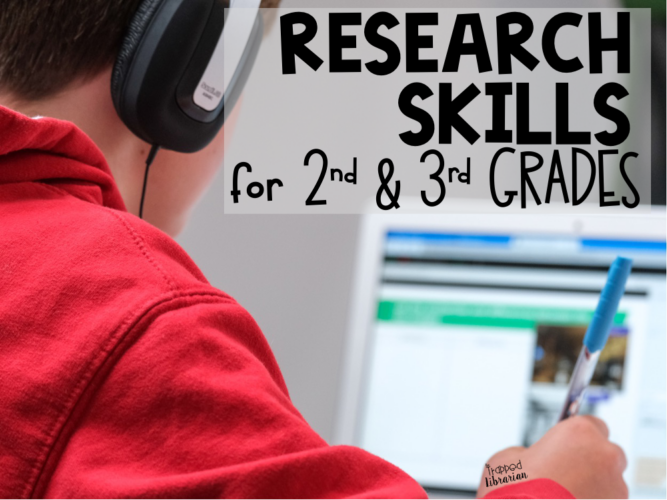
Teaching research skills in second and third grades is fun when you remember a few important guidelines. The key is looking at the big picture. What have your students learned up until this point? And what will your students need as they progress though school? Research skills for second and third grade students build upon an early foundation and lay the groundwork for future learning and success. Think of these skills as continuing to build a strong foundation.
Scaffold Research Skills
We started small when approaching research skills for kindergarten and first grade students. We want to build upon that learning as we look to the future needs of our students. If you begin with the end in mind (5h grade? 8th grade? 12th grade?), you will be helping your students understand concepts that will serve them well in later learning. It is important to teach skills each year that build upon one another.
Use Research Vocabulary
It’s important to use the proper vocabulary while teaching research skills to your youngest students. This is one way to build that strong foundation for future learning. Make sure you continue to use the same words with your second and third grade students, taking time to review their meanings and give examples as you go. These words will be familiar each year as you do more research lessons. Some important words to include:
- Research
- Topic
- Keyword
- Informational Text
- Nonfiction
- Source
- Citation
Give Choices
A key to engaging learning activities is the element of choice. You want your students to know they can use library resources to explore topics of personal interest at any time. You want them coming back to the library, driven by their own curiosity! Even within a guided project, students can choose an animal to research, or a U.S. president to learn about. You can always narrow choices ahead of time if you want to be sure that you have resources to support their chosen topic.
Guide the Process
Does your school use a research process like the Big 6 or Super 3? Plan, Do, Review from the Super 3 is a nice framework to follow. It’s easy for you and the students to remember, and all the important steps needed for effective research can fit into those 3 categories. My students plan by reviewing a note taking outline that I provide. Knowing the information they are looking for will help them be productive when looking at their sources.
I choose an animal or president for my topic and demonstrate each step of the process using a document camera with the source projected on the screen. Students use their own devices to access online resources and to search for print resources in our library collection. The “Do” step involves note taking, which I model on my own outline, giving time for students to complete their notes along with me.
Use Kid-Friendly Resources
Over the years I’ve purchased sets of animal books from the Blastoff Readers series, and a president biography from Abdo. Of course we also have animal and president books from other series as well. When students search the library catalog for print resources, they are usually able to find what they need (again you can narrow the list of possibilities ahead of time if you want to be sure). I like being able to demonstrate how to use the index, glossary, charts, timelines, and other text features in these books and have students find them in their own copies as well.
We also use our online databases such as Abdo Zoom Animals and Biographies and World Book Kids and Student. When each student can find their animal or president in the same database, it’s nice to be able to explore the features together. Make sure students know how to have the text read aloud, how to use the glossary (often you just click or double click on the word), and how to cite the source.
Make a Fun Project
Students are motivated when they like the end product they will create. I like to help my second and third grade students create fun projects to share with our school community. In second grade we use PowerPoint (or Google Slides) to create a set of bookmarks about our animal or president. Students can choose one bookmark to display on our bulletin board, take one home, and have two to trade with friends. My third graders also use PowerPoint or Google Slides to create a fun lift-the-flap poster that we display on our library bulletin boards as well. Other students and staff members are drawn to these attractive displays to learn more about animals or the presidents.
Make it Easy on Yourself!
If you’re looking for made-for-you activities to help you teach research skills to your second and third grade students, I can help! These popular resources can be used for in person or distance learning, and include tutorial videos to guide students to success in making fun projects to showcase their learning.
- Animal Research 2-3 is fun and engaging any time of year!
- President Research 2-3 is great for February activities around President’s Day.
Research Skills for Elementary Students
Research skills for second and third grade students continue to lay the foundation for future learning. If you’re looking for scaffolded lessons to take the learning from kindergarten to fifth grade, check out the resources in this Ultimate Research Bundle. You’ll get lessons and activities for animal research projects and president research projects. Each grade builds upon skills taught the previous year. Help your students progress in their mastery of research skills throughout their elementary school years!
When you make research skills for second and third graders fun, students will remember the process later. And they are more likely to apply it to their own personal interests or future information needs.
Be the light!
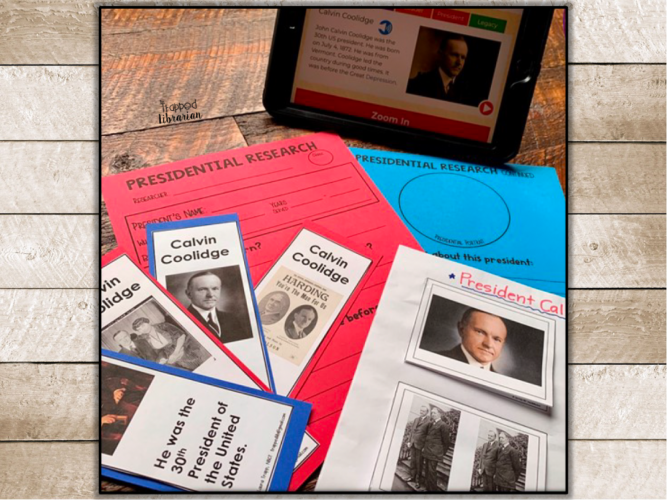
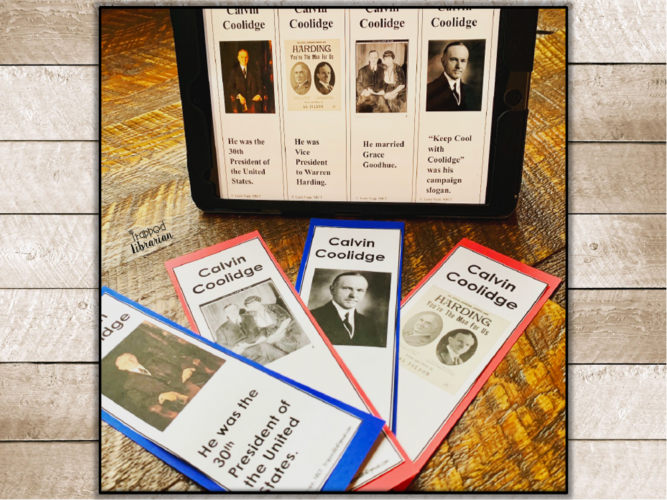
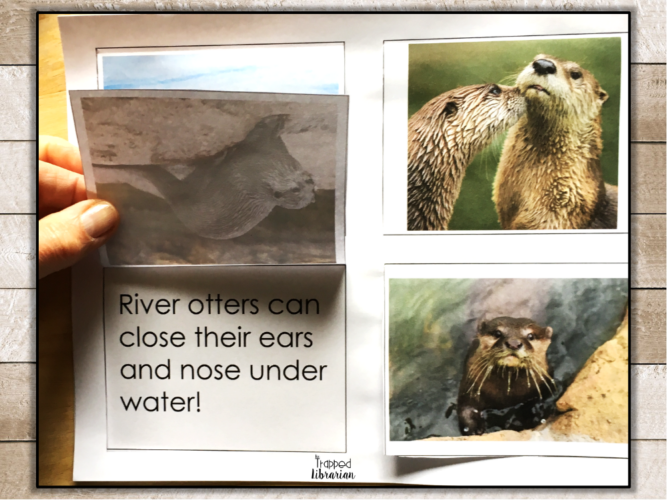
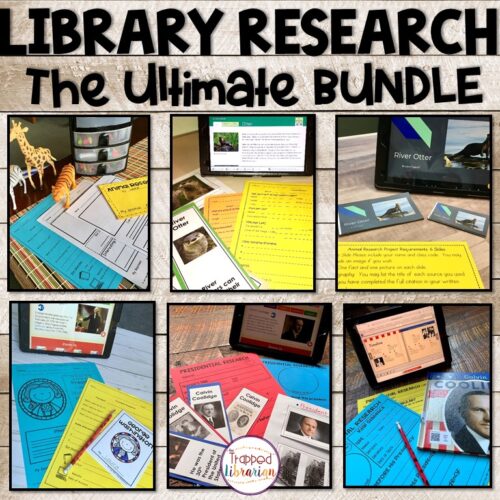
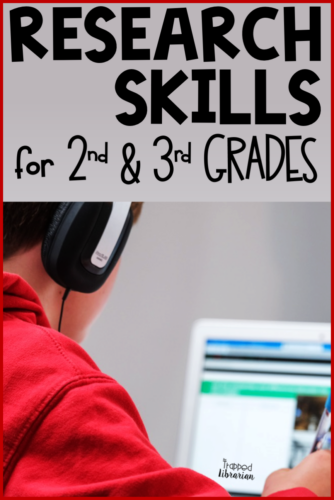



Hello Laura,
Thank you for sharing your wonderfully laid out process of teaching research skills to primary-grade students. I appreciate your step-by-step, organized process and advice on how to keep the project on track by building upon each skill. Admittedly, I often jump ahead too fast, which causes the project to stall and drag on until everyone has lost interest!
Also, I absolutely love the idea of making each researched animal into a fact-filled information bookmark! This would be perfect in our library, and the students would be so pleased to have their work featured in such novel way –they think bookmarks are one of the best parts of our library (I am the teacher-librarian).
I also use the Blastoff Readers in my research project lessons and find these books ideal for teaching nonfiction text features too when I only have time for brief incidental teaching during our book exchange days.
I am so glad to have found your blog and look forward to learning more from you via your posts.
Hi Kristin – I’m glad you found some good ideas here! Have fun with your research activities!
Hi Laura,
I really enjoyed this post about research skills for younger grades. I am currently teaching a grade 2/3 class and have found it challenging to really teach these skills to my students. The way that you broke it up with the “Super 3” of Plan, Do, Review, is something I think my students would grasp; breaking down each section with simple instructions. Like the comment above, I too can sometimes jump ahead too quickly which can cause challenges for the students needing extra time fully understand each skill. You mentioned, “It’s important to use the proper vocabulary while teaching research skills to your youngest students,” I agree wholeheartedly with this statement. Ensuring that students are aware of the language that goes along with the process will help make connections in future years and projects.
With research, the notion of giving students choice with an overarching topic is something I too see great value in. I plan to have my students research animals this spring and these ideas and pieces of information will be extremely helpful to help guide my students in the right direction. I noticed your ideas for kid-friendly resources are seen in print and through your school’s databases. Do you find most students gravitate to resources found online rather than in print? I know my students are more intrigued with finding information with screens (or just being on devices in general) and many would put the books as their second option. How do you find the motivation levels when doing your research with books versus technology? At this level, is your main focus of research using whatever intrigues them most or ensuring students are using all available technologies to aid in their research skills?
Looking forward to using these ideas this spring!
Hi Robyn – I’ve actually found that often my older elementary students prefer to do research using books rather than technology. But I do like giving them a choice. In the younger grades I want them to learn how to navigate the database(s), so I create my lessons to address that need. As they get older they can make choices regarding the sources they use. Overall, our students need to be comfortable using both print and digital resources.